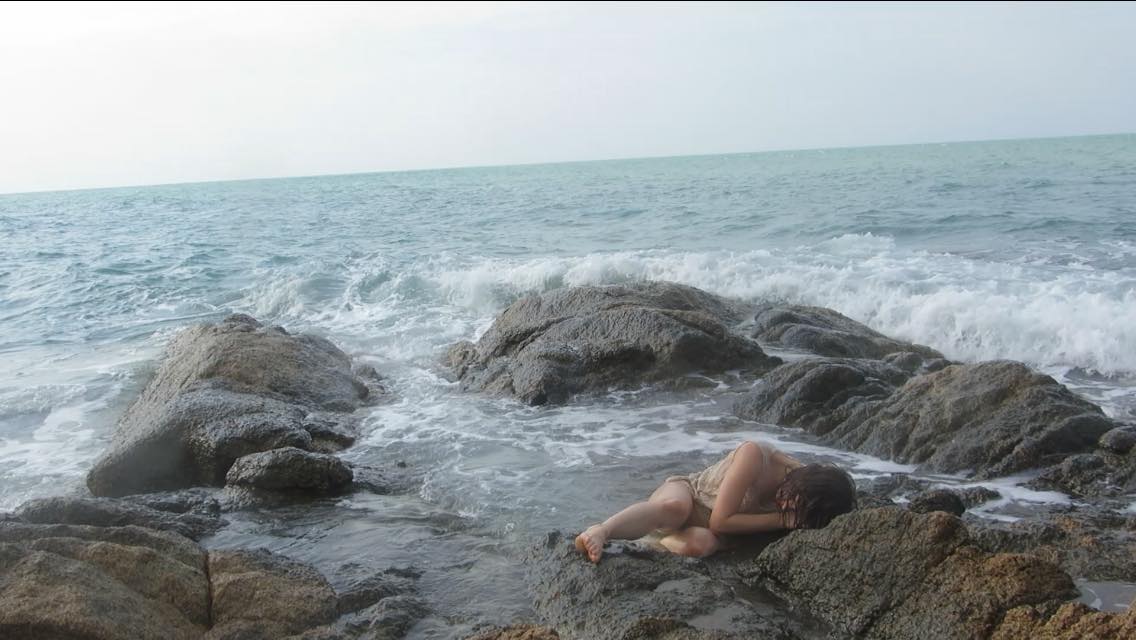06/04/20
Part 2: Self-isolation, moving online and financial implications
In the second part of this five-part essay, comprising conversations with multiple artists around the globe, we look at the impact of self-isolation, either due to sickness or preventatively, and financial implications
Sculpture and installation artist Perdita Sinclair (b1978, Surrey, UK) was self-isolating when I spoke to her, sick with what was hopefully just “normal” flu. She was meant to be going on a three-week oceanography research trip in the mid-Atlantic in May; Armando Ara (b1972, Macedonia), artist, art theoretician and co-founder of neomodernism (an art movement that espouses spiritual and aesthetic values in art) was also sick and unable even to talk (and, a week later, he is now on day 14 of the virus, and was told by paramedics the other day that they could not take him to hospital as there were no ventilators available and he was not in a high risk category). Across the ocean in Canada, Julie Fiala (b1979, Ottawa, Canada) has also been isolating with symptoms. “But they refuse to test because we do not have enough tests”. As an artist whose work relies on international travel, she describes this as a “serious hurdle – the issue is that practices like performance art and all live arts depend on networks of individuals across borders.” Fabienne Jenny Jacquet (b1970s, Ajaccio, Corsica), likewise self-isolating after developing flu-like symptoms, is also worried about the impact of travel restrictions, not just of people, but of works. “I think this will have a big impact on art sales. A lot of my work ships into the US and I am not sure what travel restrictions and strain on the transport of goods will have in term of impact. Buyers in general might not want to buy art as much if there is an economic crisis looming,” she adds, “as this is not an ‘essential’ purchase.”

Read the rest of part two here